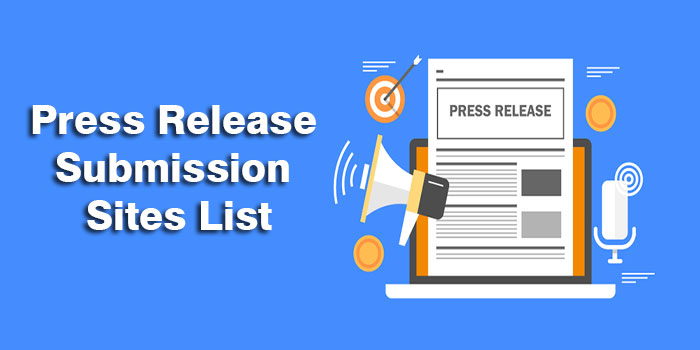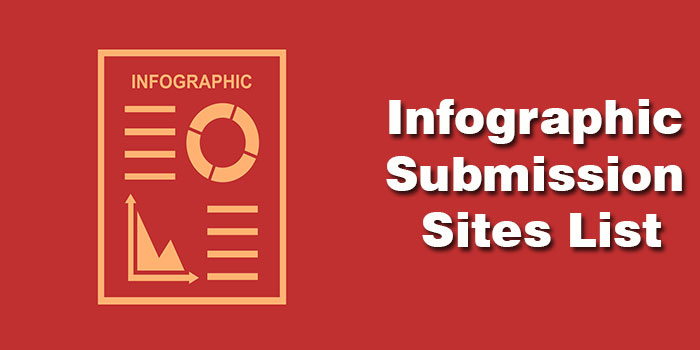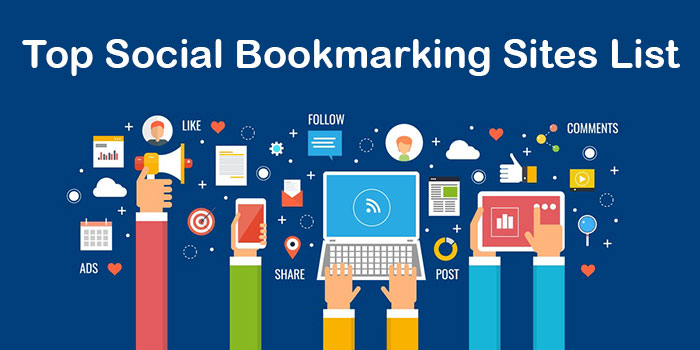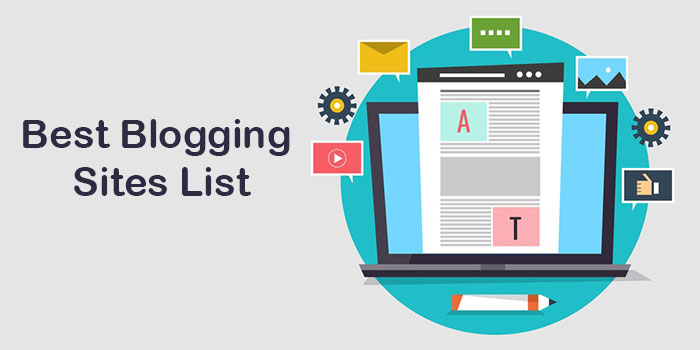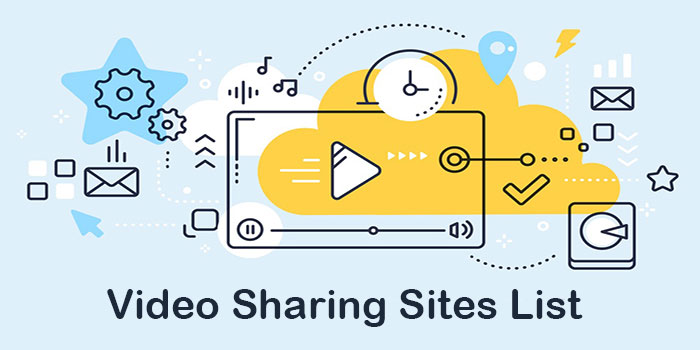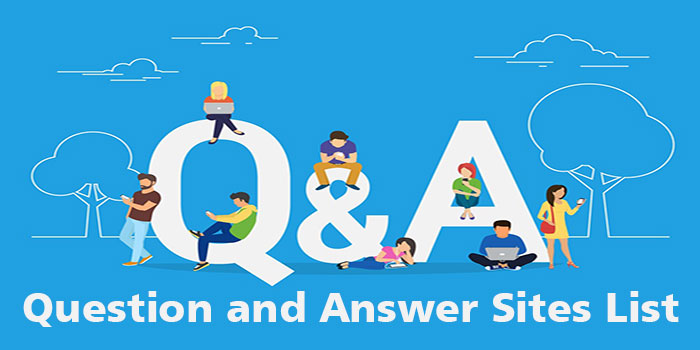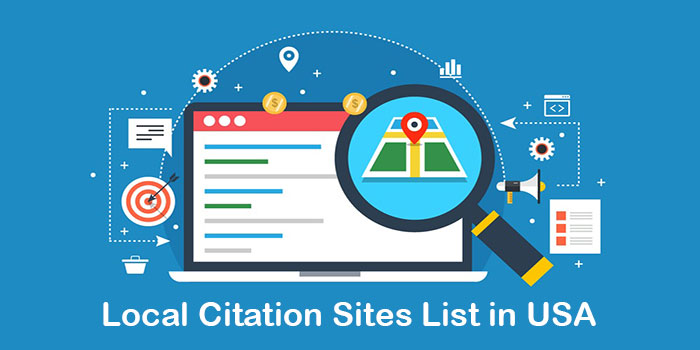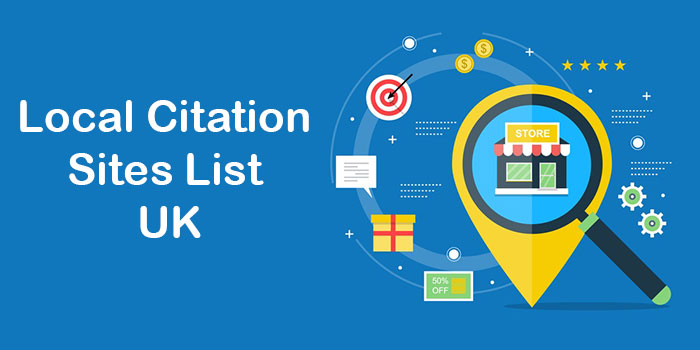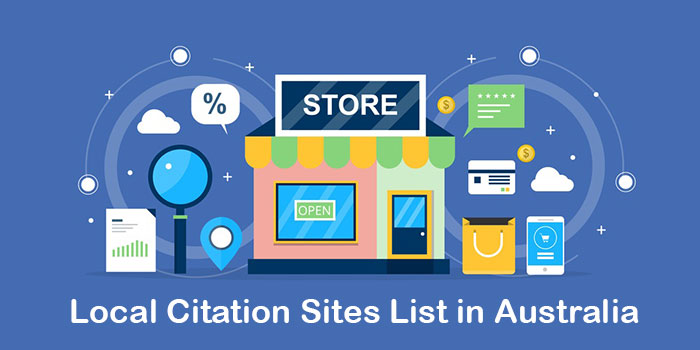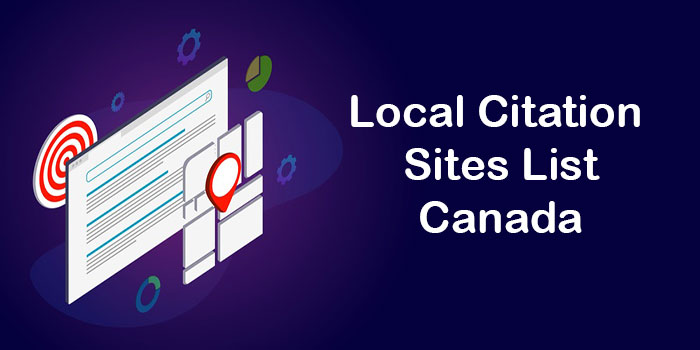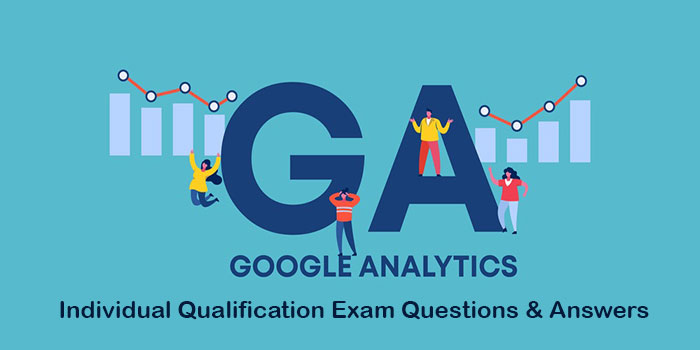Google Analytics is a useful traffic analysis tool provided by the Google. Passing its exam is always challenging and makes a difference in your career. If you are preparing for Google Analytics exam or just wanted to learn it for marketing activities, you can read here top 60 Google Analytics interview questions. We are working 24*7 to find out Google Analytics questions that are expected to be asked in various interviews of Digital marketing.
Top 60 Google Analytics Interview Questions and Answers
1. What is Google Analytics and main purpose of Google Analytics?
Google Analytics is a web analytics software used to track the traffic on the website. The major purpose of analytics is to analyse the information about the site and make decisions to improve the site traffic and revenue.
2. What is meant by conversions and how will you track conversions through GA?
Conversions happens when any predefined goals are accomplished thereby generating ROI to the business. In other words if the user take any desired action on the site, its considered as conversion. For example filling the form, purchasing a product etc. We use Goals in Analytics to set the conversion tracking.
3. What is a session?
If a user visits a website the session is started, the session can last for 30 minutes if no activity is done. A new session is started in analytics if your source is changed. For example if a user visits from organic results, one session is started and same user open a same site from PPC, then next session is started.
4. What is meant by KPI in Analytics?
KPI means Key Performance Indicators. These metrics helps the business to analyse their websites based on the business objective. Example of KPI: Users, Sessions, Avg Time, Bounce Rate, Conversion rate etc.
5. What are segments in Analytics?
Segments are used to define the subset of data in overall data. For example we can create a segment for organic, paid traffic etc.
6. Can the data change once Google analytics has processed the data?
No, it cannot change.
7. What are events in Google Analytics?
Events are user interactions with content that can be tracked independently from a web page or a screen load. We can create custom events to track downloads, play buttons and ajax load etc.
8. What are goals and how many goals can we create in analytics?
A goal defines a completed user activity, called a conversion that contributes to the success of your business. We can have only 20 goals per one web property
9. What is benchmarking?
This metric helps us to compare our data with the market aggregated data from relevant industry who share the data anonymously.
10. What is Bounce Rate?
The percentage of users who leave the website without visiting any other page is bounce rate. Higher bounce rate is very negative for website, as users are not showing interest in the site.
11. What is the optimal bounce rate for website?
A good bounce rate is around 30% for websites.
12. What is Funnel in Goals ?
Series of pages which are expected to be accessed to reach the destination page to complete the goal is defined as funnel. For example a e-commerce website funnel will be like.
Add to Cart => Signin/Singup => Add Address => Make Payment => Thankyou Page.
13. Can we delete the goals after created them in Google Analytics?
No, we cannot delete the goal. But we can stop recording the goal by disabling the goal.
14. What are custom Events in Google Analytics?
To track the changes in a specific metric, we can set parameters which can trigger and custom event is created.
15. What is mean by Users in Analytics?
It defines the users who have visited the site at least one time in given time frame.
16. What is meant by Cohort Reports?
A cohort is a group of users who share a common characteristic that is identified in this report by an Analytics dimension.
17. What is use of Acquisition Reports?
We can analyse the source of our traffic to the website. Ex: Organic, PPC, social etc.
18. What is “Not Provided” data in Keyword Reports?
The keywords data which is blocked by Google and will not show in Analytics reports. Most of the website is unable to find the exact keywords for which a conversion was happened.
20. What is meant by Experiments?
Experiments tool is used to measure the results of campaigns with different design/view. It is also called as A/B testing.
21. What is attribution in Google Analytics?
An attribution model is the rule, or set of rules, that determines how credit for sales and conversions is assigned to touch points in conversion paths. In other words the attribution can help us to know the proper touch points in the funnel.
22. What is Real-time data in Analytics?
With this tool we can analyse the present traffic on the site.
23. Can we separate the users based on devices?
Yes we can segment the data based on devices. Under audience reports we can analyse this data.
24. Can we track Google AdSense data in Google Analytics?
Yes using Publisher tab we can connect our Google AdSense with Google Analytics
25. What is Exit rate in Analytics?
For all page views to the page, Exit Rate is the percentages that were the last in the session. Which means we can analyse the % of users who left the site from particular page?
26. What is meant by Average Load Time?
The avg. amount of the time taken by the website to load it in the browser. The website must be loaded as fast possible for quick loading.
27. In analytics reports we can sometimes get a lot of spam data from spam sources/domains, how to deal with this issue?
We can set the filters to avoid all this data from spam sources/domains.
28. Auto tagging is used in which type of traffic?
Auto tagging is a feature used in Adwords Campaign Traffic.
29. What is the formula of ROI?
ROI stands for Return ON Invest
The formula of ROI is: (Revenue – Cost) / Cost
30. What is E-Commerce tracking in Google Analytics?
Ecommerce tracking is a snippet of code you can include on your site or app to collect transaction data like product sales, purchase amounts, and billing locations, and connect it to your Google Analytics account.
31. What is category in Google Analytics?
The Category is at the top of the hierarchy. It’s a way to bundle user activity together.
“Slideshow”, “Videos”, and “Downloads” are good examples of categories, though you can be as specific or broad as your content requires.
32. What is Action in Google Analytics?
The action is literally what the user does. For example let us consider a video player the actions performed on this are play, pause, share, get embed link, etc.
33. What is Label in Google Analytics?
Label Provides a bit more information about the user’s action.
34. What is Search Console and how to link with Google Analytics?
Search Console can help you understand how users find your site through Google search.
Identify ways to attract more attention to your site and prioritize development efforts.
To know more about link your Google analytics with search console:
35. What are Network referrals in Google Analytics?
Identify the networks and communities where people engage with your content. Learn about each community, and identify your best performing content on each network.
36. Do Google Analytics will track Actual click path of individual visitor or not?
Yes, Google Analytics will track each and every click and click path of each and individual visitor.
37. What are cookies in analytics?
Cookies are the text files which are stored on the client computer.
38. Difference between Clicks and Visits?
Click is an action performed on a site or a particular product.
Users are spending time on site is called visit.
39. What is the use of Track Page View in Google Analytics?
Track Page View is used to register a page view in Google Analytics
40. What is Demographics in Google Analytics?
Demographics in Google Analytics show the age group of people who is visiting our website.
41. What are UTM parameters?
UTM stands for Urchin Tracking Module. Parameters that are added to url’s in order to tgrack organic traffic referral traffic and cpc(Cost Per Click) traffic.
42. What is Assisted Conversion?
When one traffic source results in later goal completion through another traffic source.
43. Why it is useful to assign a value to your Goal in Google Analytics?
It is very useful to assign a goal value in Google Analytics that will track actual cost from your conversion
44. How can you see where the visitors are clicking most on your website?
This can be identified or seen with the help of In-Page Analytics.
45. How can you find the UA tracking code?
U.A stands for Universal Analytics. The Universal Analytics tracking code can be found in the admin section of web property.
46. What are the different elements of Event Tracking in Google Analytics?
There are three elements in event tracking. they are
I. Categories
II. Actions
III. Labels
47. What is RPC in Google Analytics?
RPC stands for Revenue Per Click is a metric available in Google Analytics for using of E-Commerce tracking.
48. How to identify the top or popular pages on my website in Google Analytics?
To identify the top landing pages on our website by using google analytics got to behavior section. You can find the top 10 trending content on your website.
49 .How can you identify the keywords that are sending paid traffic to my website?
The keyword column displays traffic that are coming from organic and paid.
50. What is event tracking in Google Analytics?
Event tracking includes the Google Analytics code customization and it is used to track a specific occasion or an action on a website like a tick, download of documents, files, software’s etc.
51. What is a Search Depth in Google Analytics?
Search Depth in Google Analytics is the average number of page visitors viewed after performing a search on site.
52. What are cookies in analytics?
Cookies are the text files which are stored on the client computer.
53. What is Cohort Size?
Cohort determines time frame that is used to determine the size of each cohort.
54. How many types of custom Reports in Google Analytics?
There are 3 types of custom Reports in Google Analytics.they are
I. Explorer
II. Flat Table
III. Map overlay
55. What is Explorer?
A Standard Google analytics report that consist line graph and data table that include dynamic the elements like search, sort and secondary dimensions.
56. What is Flat Table?
A static sortable table that displays that data in rows.
57. What is Mapoverlay?
A Map of the world of different regions and countries displaying in darker colours to indicate the traffic and engagement Volume.
58. What is site search button?
If you have a site search button on your website. You want to know what the people are searching for when they come to your site.
This is mainly useful for E-Commerce site.
59. What is Cohort in Google Analytics?
Cohort means a group of user who share the same content with same time.
They are four sections
I. Cohort type
II. Cohort size
III. Metric
IV. Date range
60. What is Cohort type?
The cohort type corresponds to table column that includes total number of users in cohort, currently only one position is available that is acquisition date.




